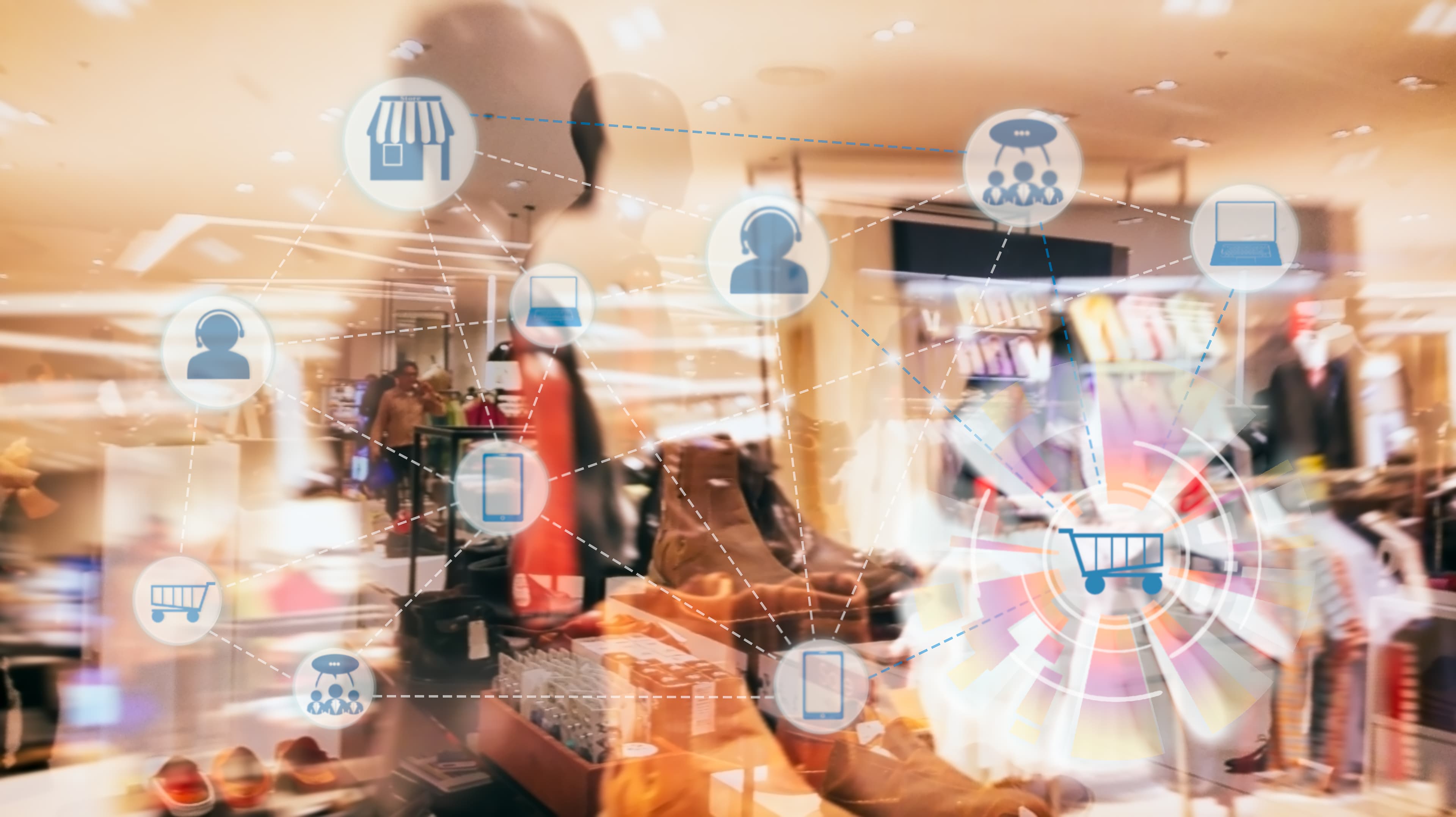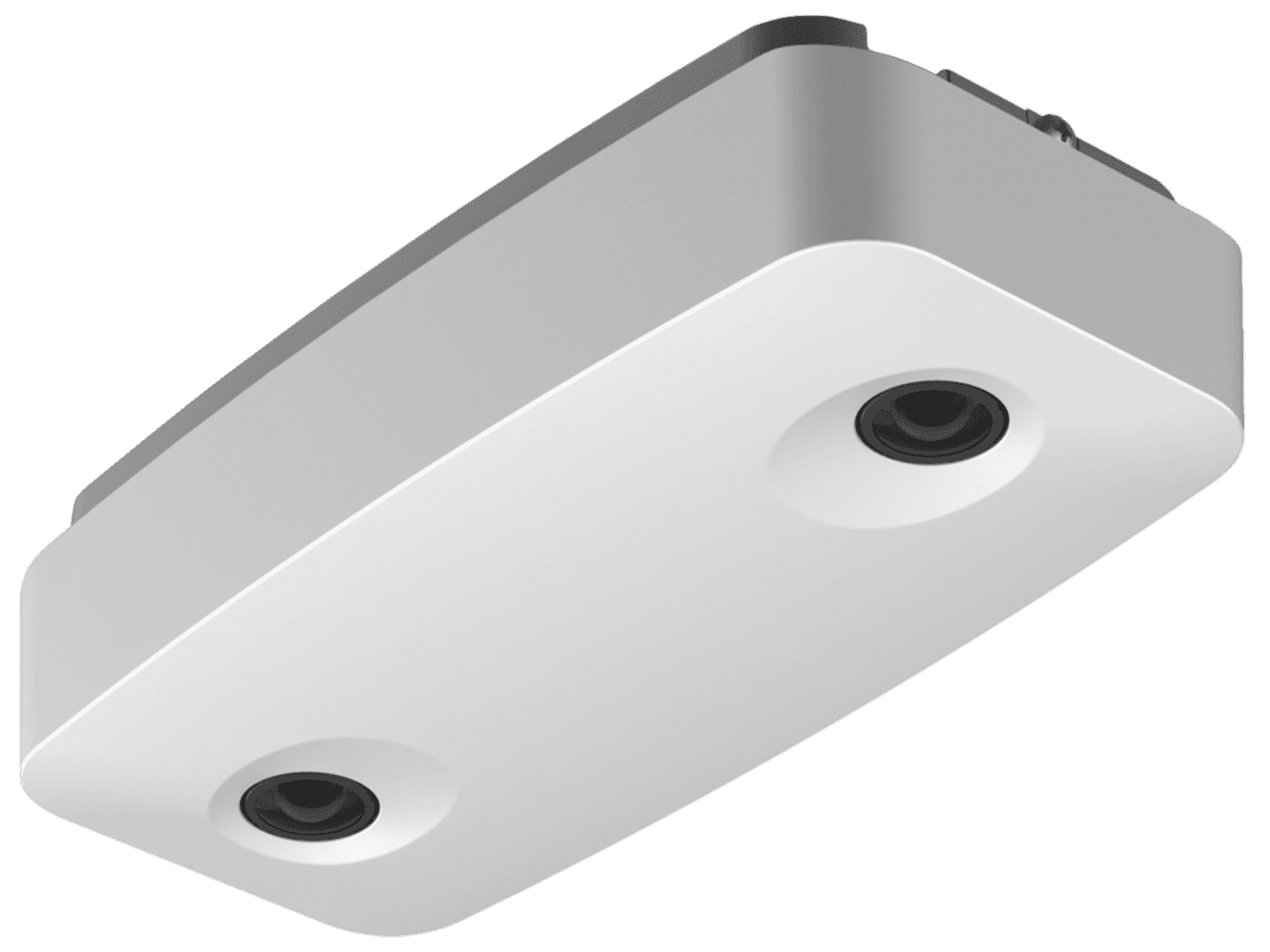Using Automation to Transform Retail Store Performance

On this page
In our latest webinar, we sat down with RetailNext’s Senior Retail Expert, Jacobo Rey, and Hadrien Beacco, Head of Solution Engineering from YOOBIC, to talk about why retail automation is critical for store performance.
We covered a lot of ground and touched on some fascinating topics, but this post will hone in on the 3 biggest pain points that retail teams are facing right now and why automation is imperative to solving them.
Let’s start easy: What is retail automation?
Retail automation is using tech to streamline the manual, repetitive processes that take up too much time and refocus employees on more strategic tasks like interacting with customers. It’s the principle of automating, simplifying and removing as much low-value manual work as possible from the employee workload.
Why is retail automation important?
Retailers have reached a critical state in terms of technology being used to improve store performance. After a year of turbulence and cost-cutting, retailers are stretched to the limit in terms of resources, but the one thing that they have in abundance is data. Retail automation is driven by data. At a time where employees are trying to do less with more, automation helps retailers work smarter, not harder and fuels continuous improvement.
However, despite the huge amount of data available and highly advanced tools being used to make sense of it, very often the tools don’t integrate with each other and so are inefficient at saving time and adding real value to the customer experience. Automation makes it simple to access and use the data available to improve the in-store experience
The 3 biggest challenges for retailers
1. Store teams have a lot less time.
The pandemic has lumbered store teams with an array of additional responsibilities in addition to their existing workloads. They’re enforcing extra health and safety regulations, executing new processes like curbside pickup and adjusting to the role of omnichannel as many stores become temporary fulfillment centers for online orders. These are complex processes and teams need to master them fast whilst navigating their already demanding day-to-day roles. All of these extra demands on their time take them away from what is arguably the most important element of their job: helping customers. This creates a barrier to providing an outstanding customer experience that keeps customers coming back.
2. Regional and HQ teams have a lot less time
Retailers have had to cut numbers of regional and corporate teams as budgets plummeted at the height of the pandemic, which means there’s fewer hands on deck to help manage the surge in footfall as shoppers hit the streets again. Stores need more support than ever, but smaller teams, less resources and tighter budgets mean that regional and HQ teams are stretched thin trying to support stores and help them perform their best.
3. An unpredictable retail climate
Foot traffic is rising, the NRF recently predicted that retail sales will now grow up to 13.5% in 2021, and several big names like Google and Glossier are even opening new flagship stores! But the industry is still vulnerable. Consumer confidence levels are improving, but many are still anxious about returning to physical stores and are also worried about overspending after a difficult year. As new coronavirus variants spring up across the globe, borders close and reopen and consumer preferences evolve, there’s no guarantee that current in-store formats will be the most productive in 6 months time. Store teams need to adjust their way of working to accommodate surges and falls in foot traffic, ensuring that they are structuring their time to provide the optimal customer experience. Retailers need to be agile and reactive to stay relevant, but they have limited resources and time to do this.
Retail automation saves store teams time, saves regional & HQ teams time and optimizes stores to adapt and thrive in unpredictable conditions.
About the author:

Jacqueline Towers, Yoobic



